When winter arrives, it drapes landscapes in a magical blanket of snow and transforms the outdoors into an enchanting playground. For many adventure enthusiasts in places like Colorado’s Rocky Mountains, Vermont’s snowy trails, or even the hidden gems of the Pacific Northwest, winter isn’t a time to hibernate—it’s a call to explore. If you’re planning a winter hiking, backpacking, or camping escapade, equipping yourself with the right gear is essential not only for comfort but also for safety.
In this guide, we’re diving deep into the must-have cold weather gear that every winter traveler should pack. I’ve gathered tips and insights from personal experiences, outdoor experts, and the latest trends in winter gear technology. Whether you’re preparing for a frosty hike in the Rockies or a winter camping trip in the Adirondacks, this article is designed to help you navigate the icy challenges with confidence.
Table of Contents
Why Embrace Winter Travel Adventures?
Winter travel isn’t just about enduring the cold—it’s about immersing yourself in the beauty and serenity that only the colder months can offer. Imagine pristine, snow-covered trails that twist through towering pines; the crisp, invigorating air filling your lungs; and the quiet moments of reflection as the world slows down. Winter adventures offer an unparalleled experience that is both challenging and immensely rewarding.
The allure of winter lies in its transformative power. Urban landscapes take on a new character with holiday lights and frosted windows, while rural areas provide a peaceful retreat from the usual hustle and bustle. For many outdoor enthusiasts, the quiet of a winter forest is a sanctuary for meditation and exploration.
Yet, embracing winter is not without its challenges. Extreme temperatures, unpredictable weather, and icy conditions can make outdoor activities a test of perseverance. That’s why having the right gear isn’t just a luxury—it’s a necessity that can mean the difference between a memorable adventure and a potentially dangerous situation.
Pre-Trip Planning & Preparation
Before venturing out into the winter wilderness, thorough planning and preparation are key. This not only ensures a smoother journey but also minimizes risks associated with cold weather adventures.
Research and Itinerary
Start by mapping out your trail, checking up-to-date weather forecasts, and understanding the terrain. Popular winter spots like Colorado, Utah, or the Northeastern U.S. offer great opportunities, but they can be unpredictable. Use reliable apps, local weather websites, and community forums to gather current information. Let friends or family know your itinerary and check in regularly so someone is always aware of your whereabouts.
Physical and Mental Readiness
Cold weather activities demand both strength and stamina. Engage in regular exercise in the lead-up to your trip. Walking, resistance training, and even indoor stair-climbing can help build the endurance you’ll need. Mentally preparing yourself is just as crucial—embrace the idea that conditions may change rapidly, and flexibility in your plans is essential. Preparing for the unexpected can make your journey safer and more enjoyable.
Packing Essentials Beyond Gear
Apart from specialized cold weather equipment, having a robust set of essentials can keep you well-prepared. Always carry navigation tools like maps, a compass, or even a handheld GPS. Extra layers, portable food, water, and emergency supplies such as first aid kits and multi-tools should be part of your pack. Additionally, consider a personal locator beacon or satellite messenger, especially when trekking in remote areas.
Layering: The Foundation of Cold Weather Clothing
The secret to staying warm in extreme conditions lies in the layering system. By breaking down your clothing into base, insulation, and outer layers, you maintain flexibility and adapt to fluctuating temperatures.
Base Layer
The base layer is your first line of defense. It should be made of moisture-wicking materials like merino wool or advanced synthetic fabrics. This layer works to pull sweat away from your skin, preventing a chill as moisture evaporates. When planning for activities in snowy regions like the Cascades or the Alps, having a high-performance base layer is non-negotiable.
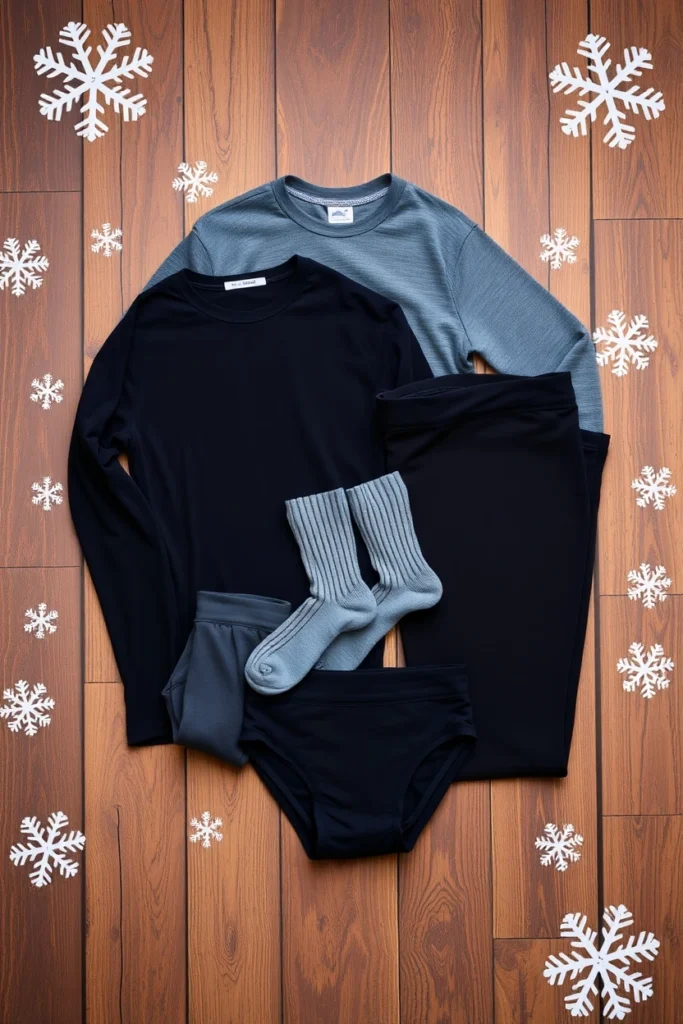
Insulation Layer
Next comes the insulation layer, designed to trap body heat. Fleece jackets, down-filled jackets, or advanced synthetic insulation options are excellent choices. The key is to choose an option based on your anticipated temperature and activity level. For instance, if you’re setting out on a brisk winter hike, a mid-weight fleece might suffice; for extended stays outdoors, a more robust down jacket could be vital.
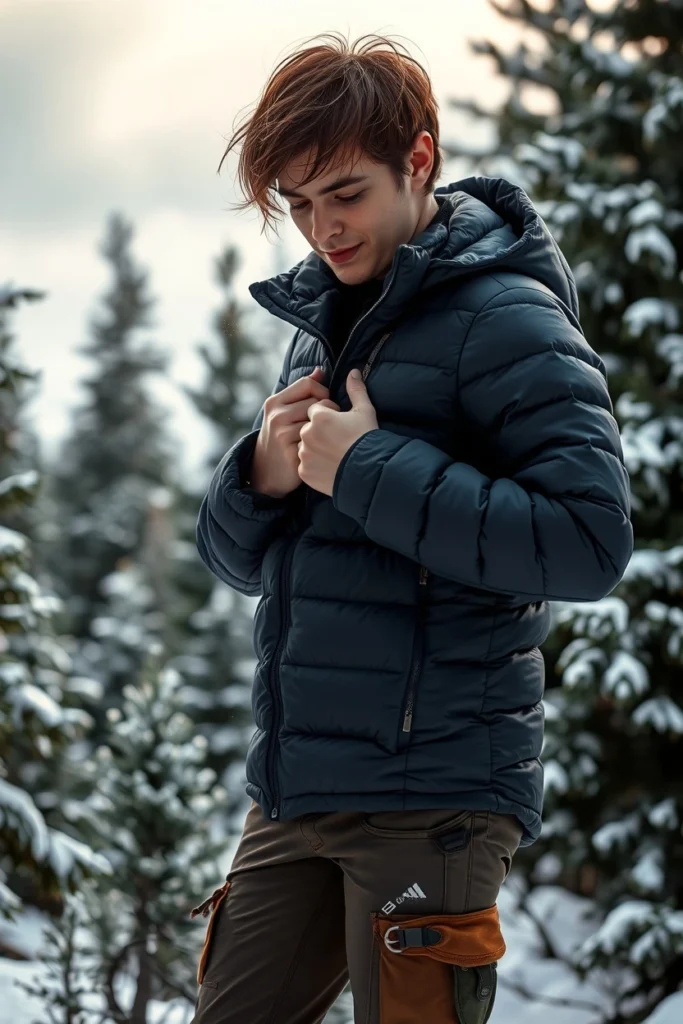
Outer Layer
Your outer layer, or shell, is tasked with keeping wind, water, and snow at bay. Look for jackets and pants that are both waterproof and breathable—GORE-TEX and similar high-performance materials are popular choices here. Good outer layers also feature ventilation options, allowing you to regulate your body temperature without sacrificing protection.
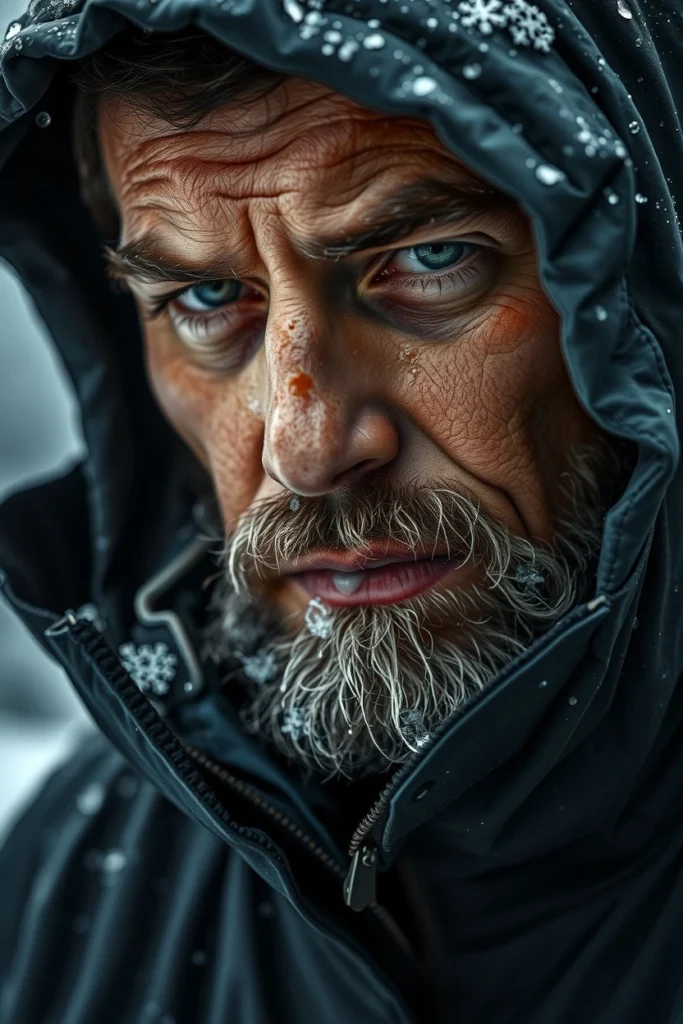
Accessories
No layering system is complete without the smaller yet mighty accessories: hats, gloves, and neck gaiters. These items provide crucial protection for parts of your body that might otherwise lose heat rapidly. Investing in thermal, windproof gloves and a snug hat can help maintain overall body warmth, even in the chilliest conditions.
Must-Have Gear for Winter Hiking
When venturing out on winter trails, each piece of gear plays a pivotal role in your overall safety and comfort.
Footwear
Start from the ground up with insulated and waterproof hiking boots. It’s important that your boots provide good traction to navigate slippery surfaces. Options like crampons or microspikes can be attached to your boots for extra grip on icy trails. Whether you’re traversing urban winter parks or remote snowy landscapes, well-chosen footwear can make all the difference.
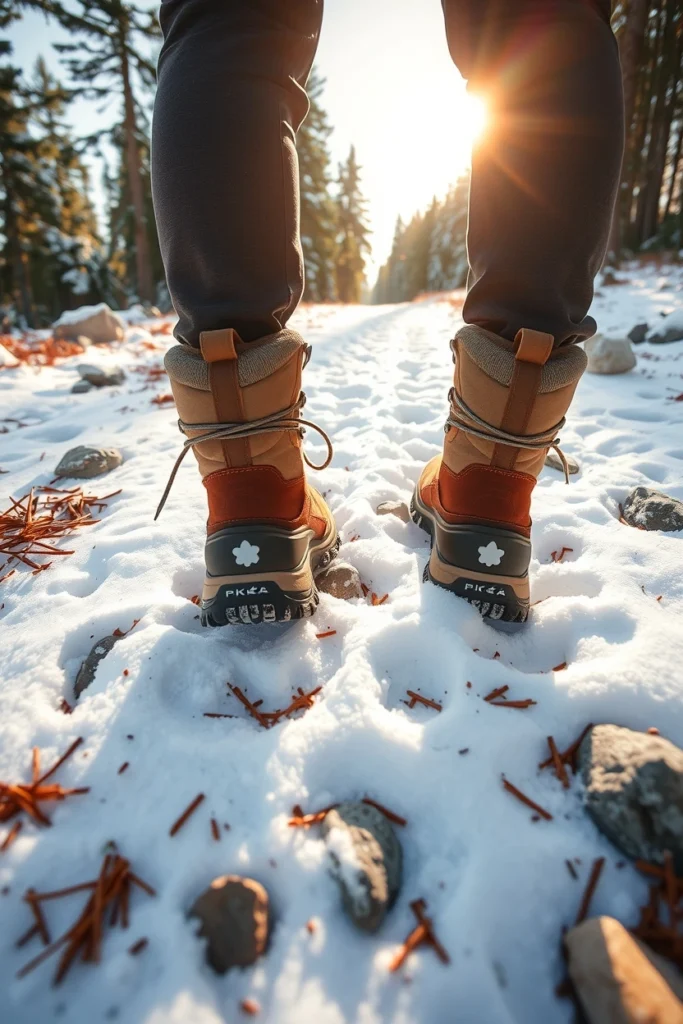
Trekking Poles
Trekking poles are more than just a support tool—they’re essential for maintaining balance on uneven, icy ground. They help in reducing stress on your joints and providing stability, especially on steep inclines and descents. Look for poles that are durable and adjustable so that they can adapt to varying heights and conditions.
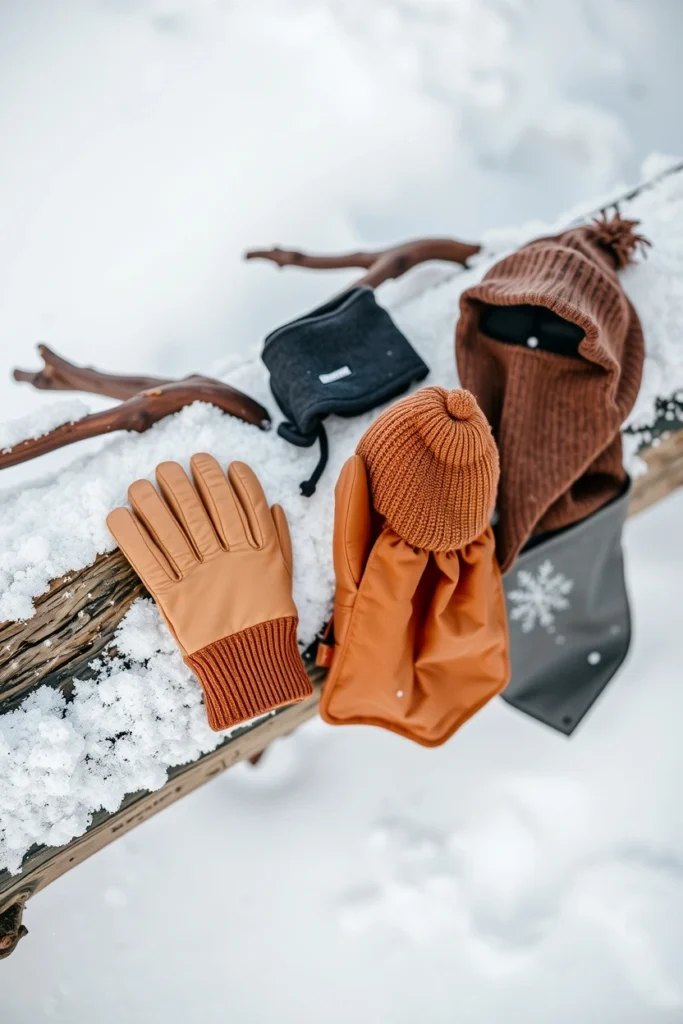
Backpacks
A high-quality, ergonomic backpack is crucial. It should be spacious enough to hold all your layered gear while offering comfort and support during long hikes. Features to look for include hydration compatibility, multiple compartments, and adjustable straps. Backpacks designed with winter travel in mind often feature extra insulation pockets for keeping your hands warm during rests.
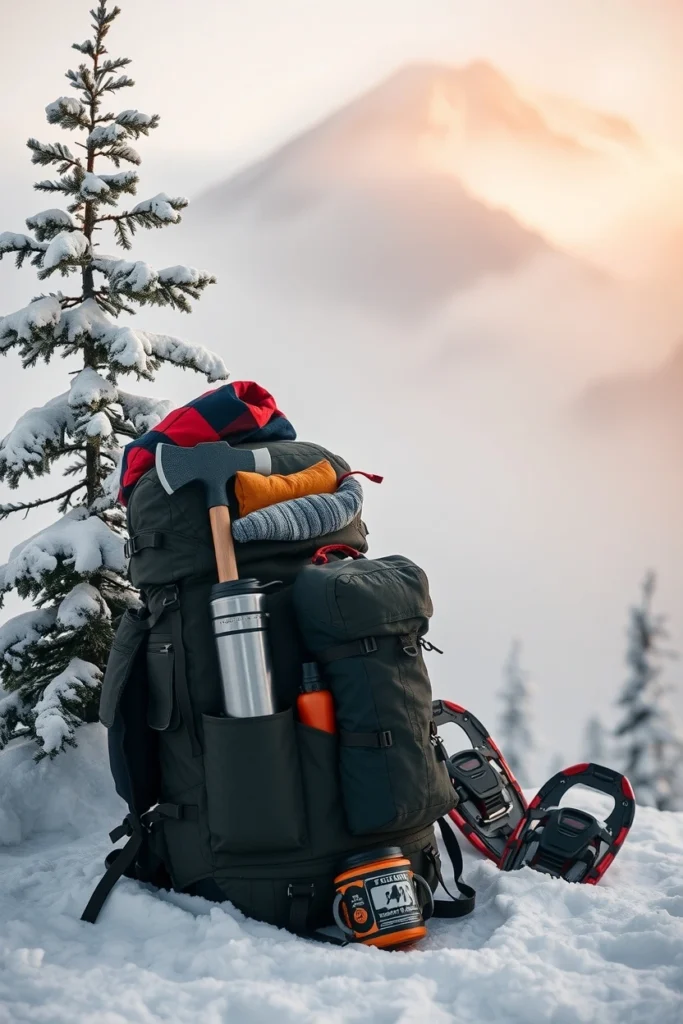
Safety Equipment
While the right gear keeps you warm and mobile, safety equipment is your ultimate safety net. Essential items include a reliable headlamp (with extra batteries), signaling devices, and an emergency whistle. In more isolated or challenging terrains, carrying a personal locator beacon or a satellite messenger can provide an added level of security in unexpected situations.
Essential Gear for Winter Backpacking and Camping
Sleeping Systems
After a long day of hiking through powdery trails, a cozy and warm sleep setup is a must. Your sleeping system should involve a cold-weather sleeping bag rated for the lowest temperatures you expect, paired with an insulated sleeping pad. The insulation of the pad helps to keep warmth from seeping out into the cold ground, ensuring a night of restorative sleep. In areas like the high country of Montana or the alpine regions of Colorado, this can be the difference between a refreshing sleep and a cold, uncomfortable night.
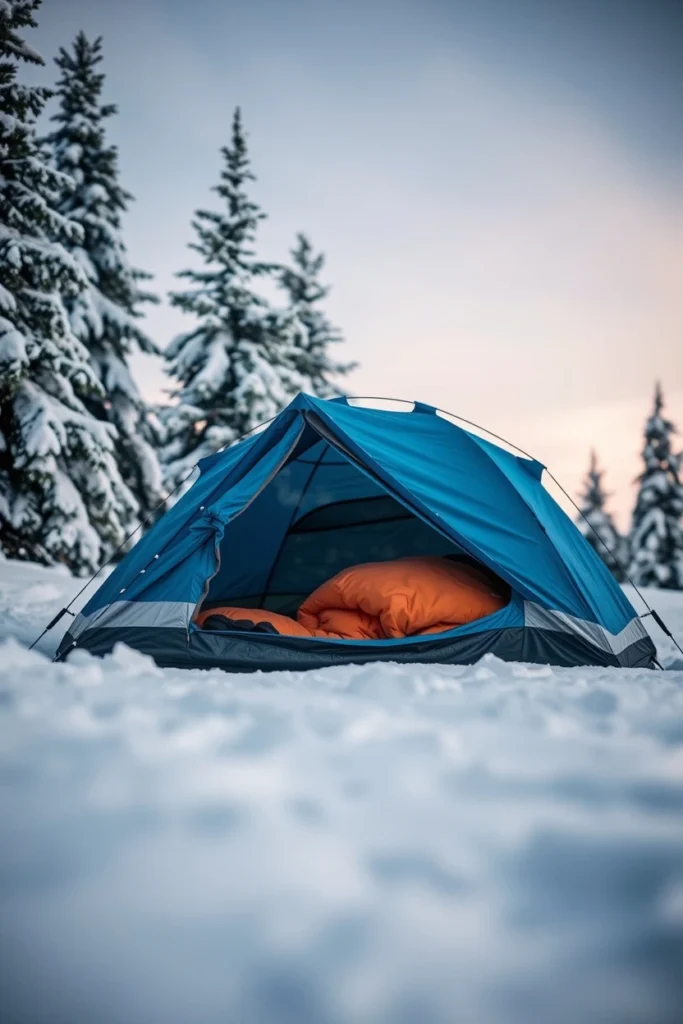
Cooking and Fuel Gear
Cooking in winter conditions requires gear that can perform in the cold. Traditional stoves might struggle with low temperatures, so consider stoves specifically designed for winter use. Look for models that utilize fuel efficiently and are engineered to cope with cold starts. Alongside your stove, select cookware that is durable and insulated, and always have a backup plan for melting snow or maintaining your water supply.
Shelter Options
A sturdy, winter-ready tent is imperative for any cold weather camping excursion. Tents designed for winter conditions often feature reinforced materials that withstand heavy snow loads and high winds. Check for models that are easy to set up in challenging conditions—this can prove invaluable when facing sudden weather changes. If you’re looking to reduce weight, consider tarps and bivy sacks, but be sure they are rated for winter use.
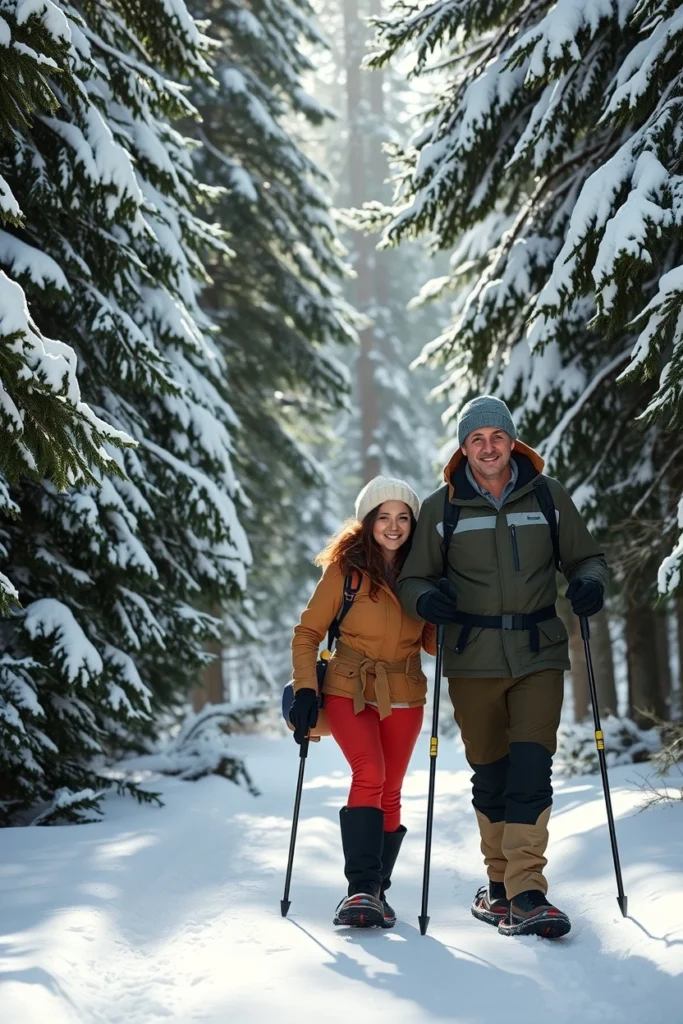
Food and Hydration
Energy is vital for cold weather activities. High-calorie, nutrient-dense foods are essential to keep your energy levels high in the cold. Think dehydrated meals, energy bars, nuts, and trail mixes. Hydration is equally important—even in cold conditions, the body needs fluids. Use insulated water bottles or hydration packs, and consider methods for preventing your water from freezing, such as storing it close to your body.

Navigation and Communication Tools
Despite the streamlined nature of modern technology, having reliable navigational aids remains paramount. Paper maps and a trusty compass should always be in your pack as a backup to digital devices. Ensure your GPS unit is updated and capable of handling extreme weather. In addition, two-way radios and backup communication devices can be incredibly useful, particularly in areas where cell service is spotty.
Technology and Gadgets to Enhance Your Winter Adventure
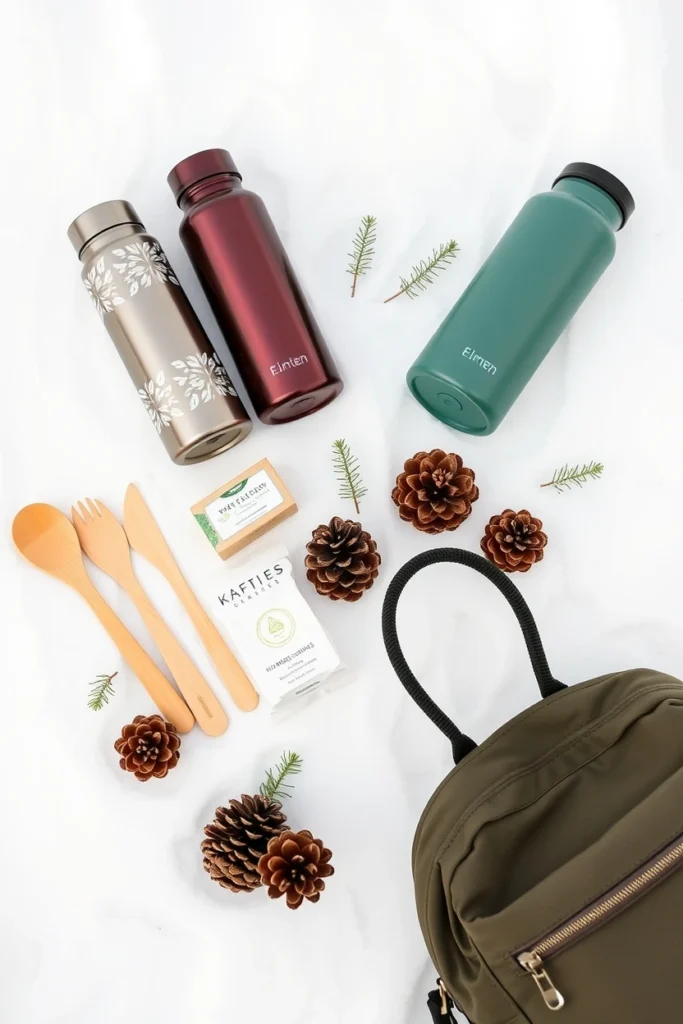
Embracing winter travel means utilizing the latest gadgets that ensure safety while enhancing the experience.
Wearable Technology
Smartwatches and fitness trackers have evolved with features specifically designed for outdoor adventurers. Look for devices equipped with altimeters, barometers, and heart rate monitors. In areas like the Colorado Rockies, these features provide real-time data on elevation changes and weather conditions, helping you adjust your plans on the fly.
Portable Power Solutions
Cold weather can be harsh on your electronic devices. Portable power banks, especially those designed to operate in low temperatures, can be a lifesaver. Solar chargers are an excellent addition to your gear, allowing you to recharge essential devices even when away from the grid.
Photography and Documentation Gear
For many winter adventurers, capturing the breathtaking beauty of snow-capped landscapes is just as important as the adventure itself. Choose cameras and accessories that are capable of withstanding cold conditions. Look for equipment that is weatherproof and has extended battery life. Don’t forget extra memory cards and protective cases to keep your investments safe.
Tips for Maintaining and Caring for Your Winter Gear
Your gear is an investment in your adventures. Proper maintenance not only prolongs its life but also ensures it performs optimally when you need it the most.
Cleaning and Drying
After each trip, clean your insulated clothing and equipment according to manufacturer guidelines. Many jackets and sleeping bags require special cleaning agents to maintain water-resistance and insulation properties. Allow all gear to dry completely in a warm, dry space before storing it. Moisture left trapped in gear can lead to mildew and reduce performance.
Storage
Proper storage is key to keeping your gear in top condition. When the winter season is over, store your clothing and equipment in a cool, dry place. Avoid prolonged exposure to sunlight and damp areas. For more delicate items, consider storage bags that provide extra protection from dust and moisture.
Repair and Replacement
Occasionally, gear will require repair. Learn basic repair techniques such as patching a tear in your tent or stitching up a tear in your sleeping bag liner. In cases where repair isn’t feasible, invest in replacements rather than risking your safety. Many local outdoor retailers in cities like Denver or Seattle offer repair services and advice on extending the life of your equipment.
Geo-Targeted Considerations for Winter Adventures
When planning your trip, geo-specific factors should be taken into account. Different regions have unique challenges and weather patterns that may dictate particular gear choices.
The Rockies and the High Country
In the Rocky Mountains, weather changes can be abrupt. The high altitudes mean temperatures drop significantly after sunset. Insulated boots, high-calorie food packs, and sleeping gear designed for sub-zero temperatures are especially important. Local outfitters in towns like Aspen or Breckenridge often stock gear specifically suited for these conditions.
Northeastern Winter Escapes
New England’s winter trails, particularly around areas like Vermont and New Hampshire, present their own set of challenges: dense forests, heavy snowfall, and the potential for rapidly shifting weather systems. Using gear that provides both mobility and warmth is essential. Layering systems that allow gradual temperature regulation and reliable snow gear can enhance your experience here.
Pacific Northwest and Coastal Winters
The Pacific Northwest can be a mix of snowy mountains and wet, chilly coastal areas. Here, moisture management becomes particularly critical due to the added dampness. Waterproof yet breathable outer layers, combined with high-tech moisture-wicking base layers, can help manage the frequent precipitation alongside the cold weather.
Real-Life Experiences and Expert Insights
There’s an unmatched learning experience when you hear from those who have braved the cold. Over the years, I’ve had conversations with local guides in Colorado and camping enthusiasts in Vermont, and here are some of the insights that stand out:
- Local Guide in Colorado: “The key is to always be prepared for sudden changes. In the Rockies, you can enjoy a beautiful, warm afternoon only to be caught off guard by a drop in temperature. Always have an extra insulated layer in your pack.”
- Winter Camping Veteran from Vermont: “Investing in quality winter sleeping gear is the best decision you can make. A proper sleeping bag and pad combination not only improves your sleep but drastically reduces the risk of hypothermia during those bone-chilling nights.”
These firsthand accounts underline the importance of proper preparation and selecting gear that is specifically designed for the climate you’ll be adventuring in. Local outdoor stores and expert guides can also provide recommendations tailored to your needs and the specific challenges of your chosen destination.
Bringing It All Together: Your Ultimate Winter Gear Checklist
To ensure you’re ready for your next winter escapade, here’s a comprehensive checklist that pulls together everything we’ve discussed:
- Clothing Layers:
- Moisture-wicking base layers (merino wool or synthetic)
- Insulation layers (fleece or down jacket)
- Waterproof, wind-resistant outer shell
- Accessories: Hats, gloves, neck gaiters, and thermal socks
- Footwear and Mobility:
- Insulated and waterproof hiking boots
- Crampons or microspikes (if required)
- Durable trekking poles
- Backpack & Navigation Gear:
- Ergonomic backpack with hydration compatibility
- Maps, compass, and GPS device
- Extra batteries and a headlamp
- Safety Equipment:
- Personal locator beacon or satellite messenger
- Emergency whistle and multi-tool
- Camping Essentials:
- Cold weather sleeping bag rated for the lowest expected temperature
- Insulated sleeping pad
- Winter-proof tent or tarp shelter
- Cooking & Food Supplies:
- Stove designed for cold weather performance
- Durable cookware and fuel designed for low temperatures
- High-calorie, easy-to-prepare meals, energy bars, and snacks
- Insulated water bottles or hydration packs
- Gadgets & Power:
- Smartwatch or fitness tracker with altitude and weather features
- Portable power bank and solar charger
- Weatherproof camera or smartphone accessories
By tailoring your checklist to the specific demands of your destination—whether you’re exploring the alpine trails of Colorado or the snowy forests of New England—you significantly boost both your safety and enjoyment. Always remember, the right gear not only protects you from nature’s fury but also enhances every moment of your adventure.
Q&A
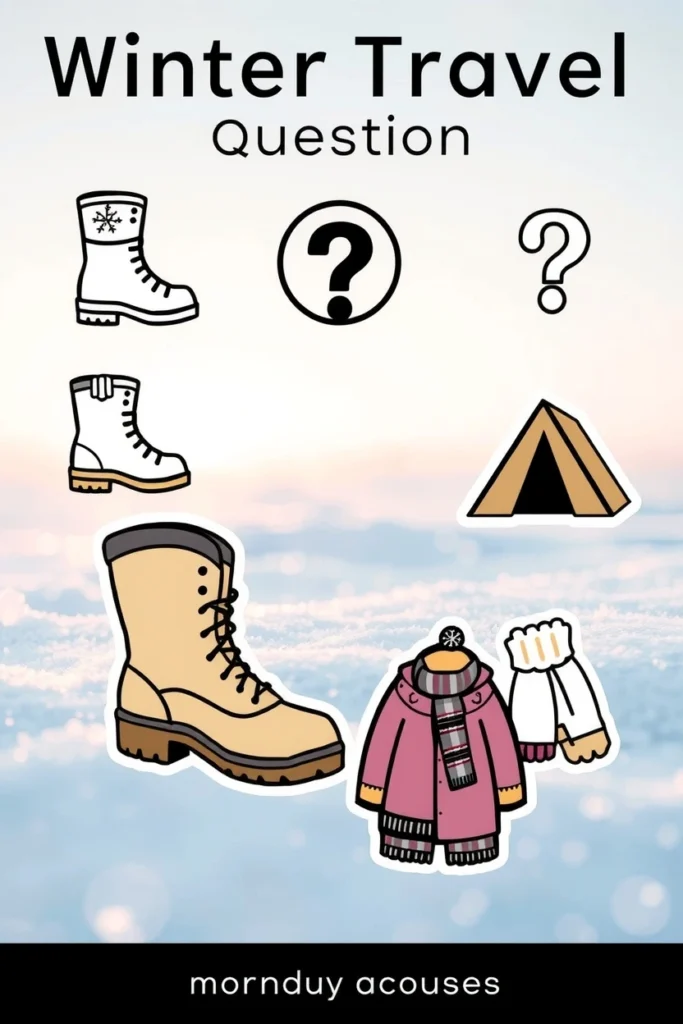
Q1: How do I choose the right base layer for winter hiking?
A: Choosing the right base layer depends on your activity level and the conditions you’re likely to face. Look for materials like merino wool or high-tech synthetic fabrics. These materials are excellent at wicking moisture away from your skin, reducing the risk of chilling when you sweat. If you plan on high-intensity hiking, consider a lighter base layer that balances warmth and breathability. For more static activities, a thicker base layer might be beneficial. It’s always a good idea to test your clothing in a controlled environment to see how it performs before heading out on a challenging trip.
Q2: Are crampons necessary for winter hikes?
A: Crampons or microspikes are essential in areas prone to icy conditions. If your winter hikes involve navigating snow or ice-covered paths, these devices provide the extra traction you need. They’re especially recommended in mountainous regions like the Rockies or during winter hikes in northern areas where icy patches are common.
Q3: What should I consider when selecting a winter tent?
A: A winter tent should be built to handle high wind speeds, heavy snow loads, and low temperatures. Look for a tent with a sturdy, aerodynamic design, a robust frame, and materials that can withstand prolonged exposure to the elements. Features like a vestibule for gear storage and easy setup in challenging conditions are also important. Local outdoor retailers can provide specific recommendations based on your destination’s climate.
Q4: How do I prevent my electronics from malfunctioning in extreme cold?
A: Cold weather can be tough on batteries and electronics. To keep devices running smoothly, store them close to your body for warmth when not in use. Use insulated cases and consider portable power banks rated for low temperatures. Additionally, turning off non-essential features can help conserve battery life. Investing in gadgets designed for outdoor use, such as ruggedized smartphones and smartwatches, is also beneficial.
Q5: What high-calorie food options work best for winter adventures?
A: In cold weather, your body requires more energy to stay warm. Foods that are high in carbohydrates, fats, and proteins are ideal. Consider dehydrated meals, trail mixes packed with nuts and dried fruit, energy bars, and even high-calorie soups or stews. These foods are not only filling but also easy to prepare in harsh conditions. Be sure to pack extra snacks, as you might find yourself burning energy faster than in milder weather.
Q6: How can I adapt my gear choice based on the region I’m visiting?
A: Different regions have unique environmental factors. For instance, the Rockies require gear that handles sudden temperature drops and high altitudes, while New England might demand extra waterproof features due to heavy snowfall and rain. Researching local weather patterns and consulting with regional outdoor clubs or guides can help you fine-tune your gear selection to suit your destination.
Q7: What additional safety measures should I take on a winter trip?
A: In addition to having top-quality gear, safety measures are crucial. Always inform someone of your planned route and expected return time. Carry a first aid kit, emergency food supplies, and a reliable communication device, such as a satellite messenger. It’s also wise to attend a winter survival workshop or take a course on cold weather safety to be prepared for any eventuality.
Conclusion
Embracing winter adventures allows you to experience nature’s serenity and raw beauty in a way that no other season can match. Whether you’re planning a short day hike through the snowy trails of the Pacific Northwest, a multi-day backpacking journey in the Colorado Rockies, or a weekend camping trip in New England’s winter wonderland, the right gear transforms your outdoor experience. By investing in high-performance clothing layers, dependable footwear, effective safety equipment, and reliable technology, you equip yourself not just to survive, but to truly thrive in the winter.
Remember, thorough planning, local research, and regular gear maintenance are the cornerstones of any successful winter adventure. The winter season might test your limits, but with the proper equipment and a little extra preparation, it’s a season that rewards you with unforgettable experiences. So, bundle up, head out into the crisp air, and discover the unique charm of winter travel—because the best memories are often made when you venture off the beaten path and embrace the cold.
Happy trails, and may your winter adventures be as exhilarating as they are safe!
Whether you’re a seasoned winter traveler or planning your first snowy expedition, the right mix of preparation and gear can unlock a world of adventure. From the icy peaks of the Rockies to the frosty forests of New England, each region offers its unique brand of winter magic. Gear up, stay informed, and let the serene beauty of winter inspire your next journey. Enjoy your adventure and remember: the cold never bothered you anyway!
